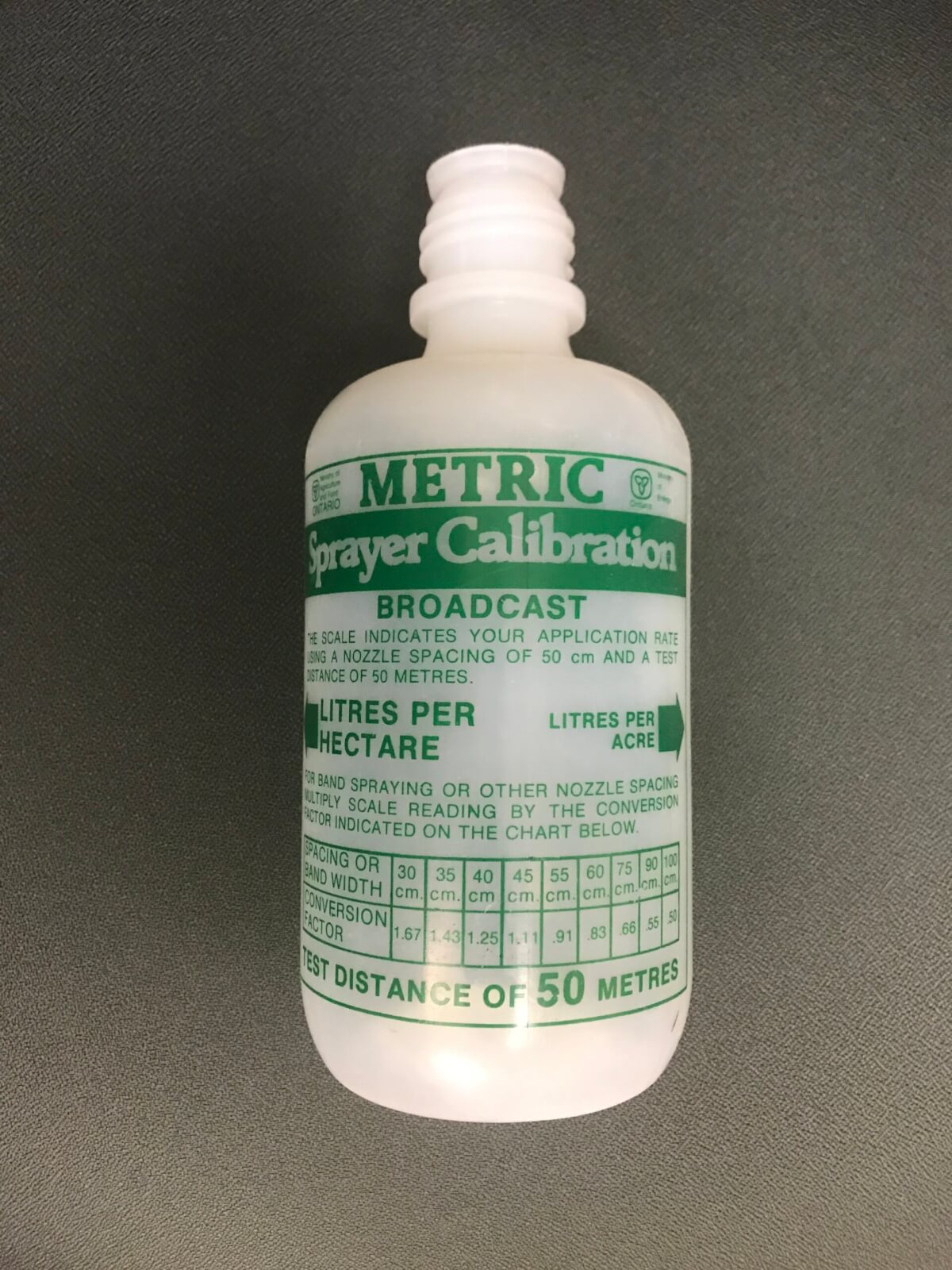
This work was performed with Mike Cowbrough, OMAFRA Field Crop Weed Specialist. In the early summer months, many field and specialty crop operations collect rainwater (or possibly pump water from holding ponds) into storage tanks for use as a carrier in spray applications. These tanks may be stationary, or they may be part of a […]
Read More… from Evaluating methods for controlling algae in carrier water storage tanks



